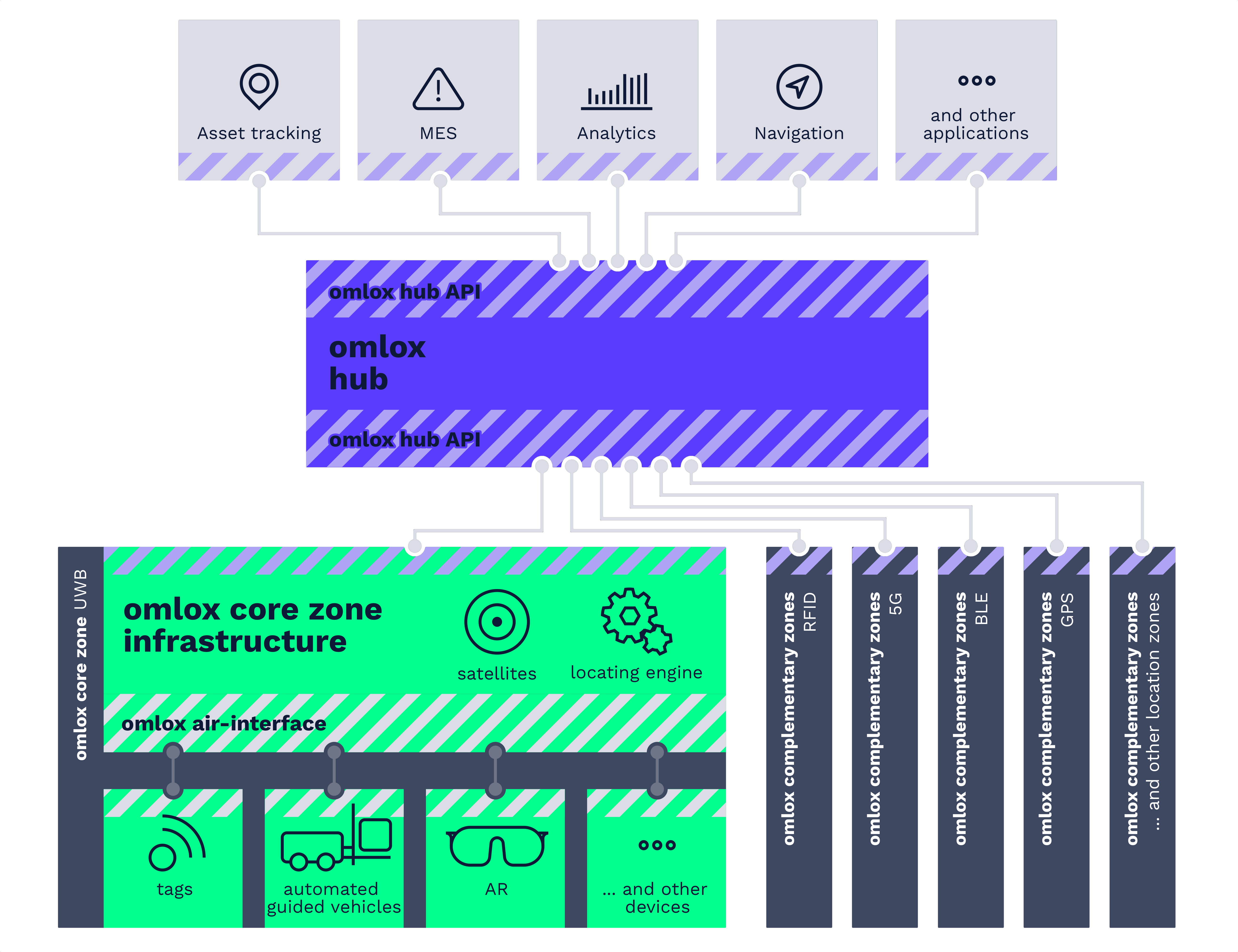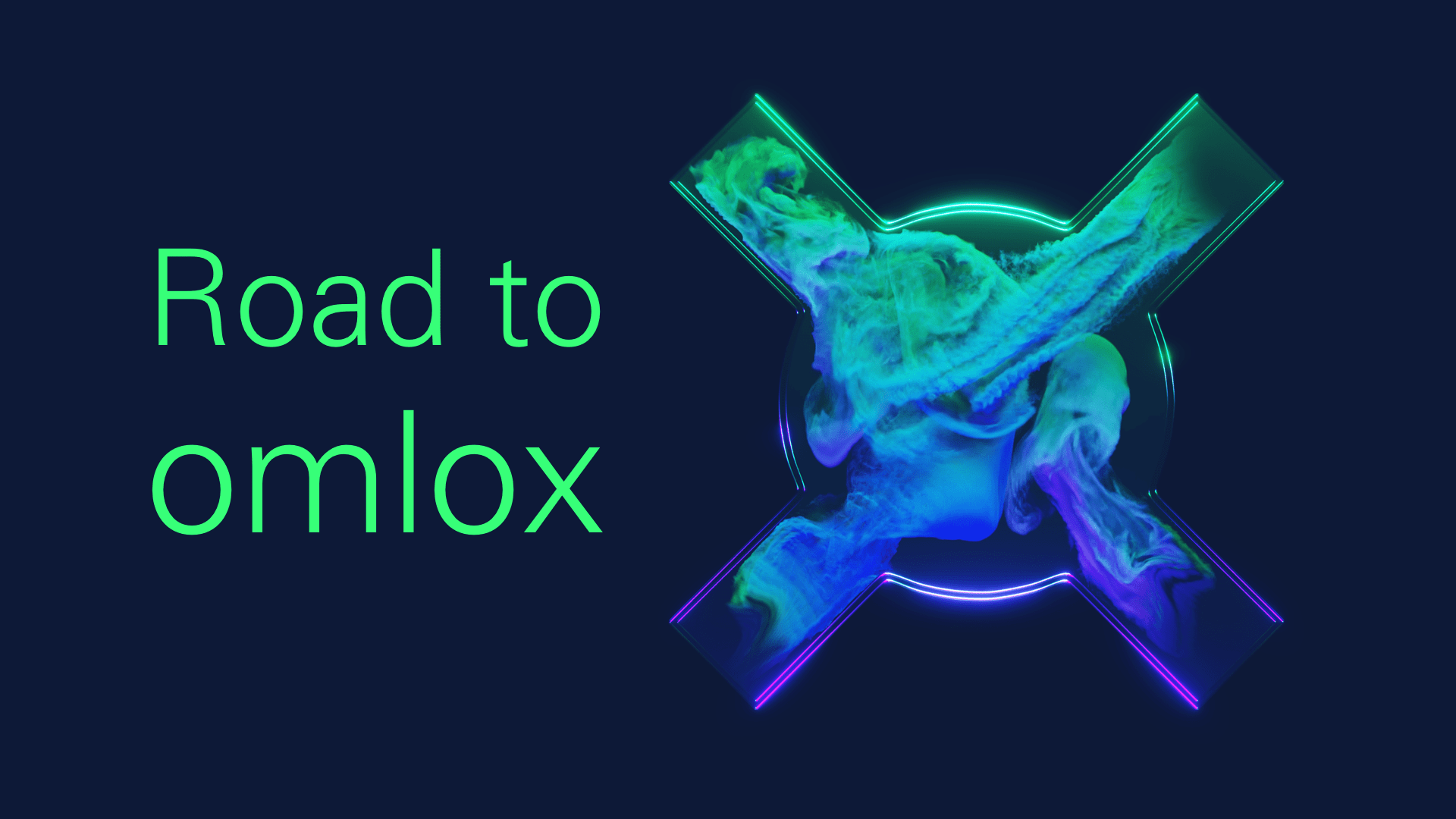Under the umbrella of the profibus organization, omlox was launched. omlox is an open and interoperable standard that is revolutionizing real-time locating. The result is an ecosystem of vendors and solutions that finally make industrial locating widely available. With omlox, products from different vendors can seamlessly be integrated together in a core zone and different location technologies (e.g., UWB, Wi-Fi, GPS, 5G, RFID, and BLE) can be easily connected for the first time. What does it take on the road to omlox? We want to take a closer look at these central guiding questions in an eight-part series.
When, what, where - position data as Industry 4.0 key
For Industry 4.0 business processes in production, quality assurance, manufacturing or controlling, the central questions are:
- What did happen?
- When did the event happen?
- Where did the event happen?
- Why did the event happen?
By enhancing position information to an event, processes can be mapped more logically and often can be understood for the first time. For example, if a barcode is scanned on a pallet, the information is recorded once and can be processed by planning or monitoring tools. Passing through an RFID gate also provides this information pointwise and only once. A Real-Time Locating System (RTLS), on the other hand, is an ultra-wideband-based radio system that can capture the position of objects to within a few centimeters and every second. This provides a real-time overview of all assets in a production or process chain.
Why omlox?
Real-time locating systems (RTLS) from different manufacturers did not previously work together. The hardware was not compatible, the radio system was not interoperable. A cooperation of RTLS with RFID or Bluetooth locating was also not possible for users without additional tools.
Various levels of interoperability are now defined in the omlox standard. Firstly, the omlox air interface, which makes hardware from different manufacturers compatible on an ultra-wideband basis. On the other hand, the interface definition to the omlox hub, which makes various positioning technologies universally available for following business logics.

The open omlox standard will easily enable interoperability of hardware and technology from different vendors, enabling optimal hardware selection for the specific use case. omlox will also be able to serve many different use cases simultaneously. Through a large, already existing ecosystem of various partners, the procurement of specially developed apps is easily possible. The expertise of each partner can be optimally utilized to achieve the most powerful and versatile localization system ever.
ZIGPOS as a provider of real-time localization systems based on ultra-wideband is part of the ecosystem. We actively contribute to the omlox standard. Using the example of a measured position data packet, the following blog post series explains the path through the entire technology stack to understand how efficient and versatile omlox is and leads to the information where an event occurred.
ZIGPOS as omlox Partner
We are actively shaping the specification of the omlox standard in order to be able to implement our philosophy of the most reliable RTLS systems of the highest quality at favorable prices and fast availability here as well. We place particular focus on the reliability, efficiency and accuracy of our systems.
How our developers track down every unnecessary flowing microampere, which interfaces are implemented for omlox and how the data can ultimately be evaluated and used will be explained and demonstrated with examples in the following seven parts of the series. We will shed light on the production and certification of our products and give our customers a guide for the project flow of ordering an omlox system.
Road to omlox: All contents in the overview
-
Part 1/8: The development of a multifunctional standard
-
Part 2/8: The omlox-Hardware
-
Part 3/8: The omlox-Firmware
-
Part 4/8: The omlox-Backend
-
Part 5/8: The omlox-Frontend
-
Part 6/8: Testing and certification of the omlox system
-
Part 7/8: The omlox-Deployment
-
Part 8/8: The project flow for omlox systems: a timeline for our customers
Read more in part 2: The Hardware…
